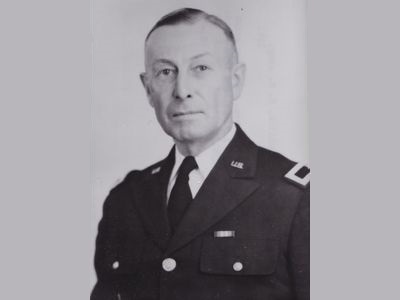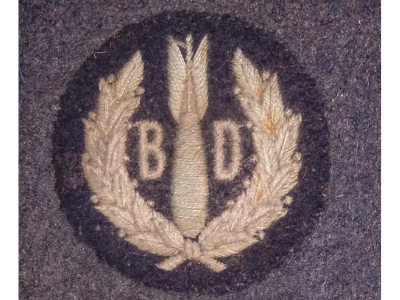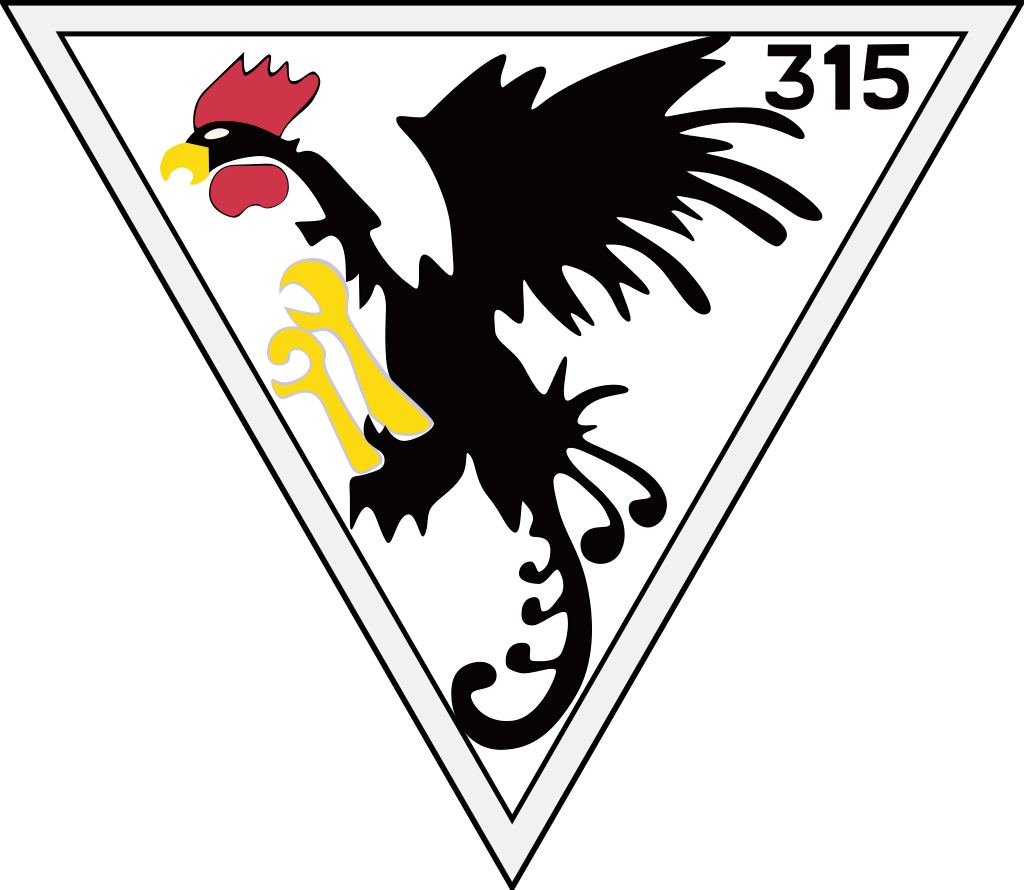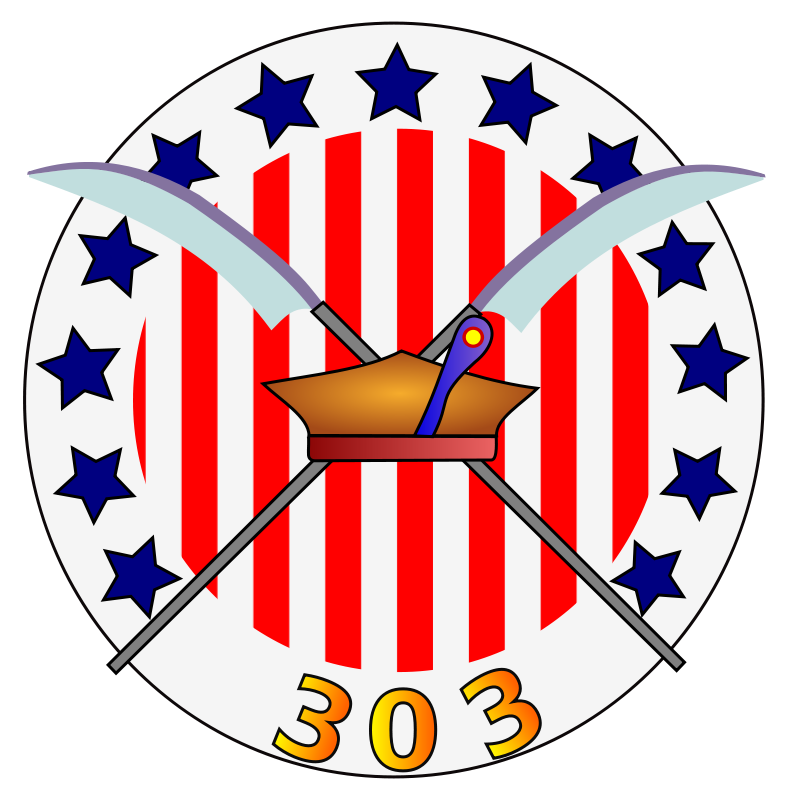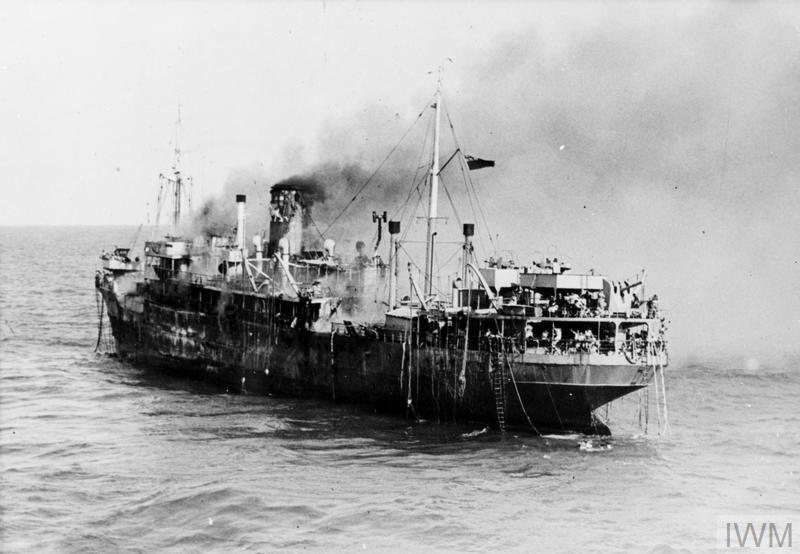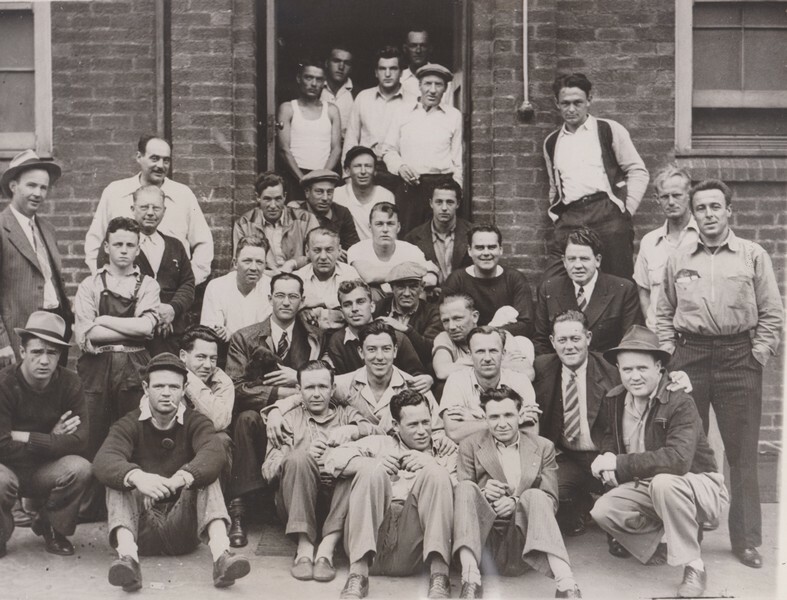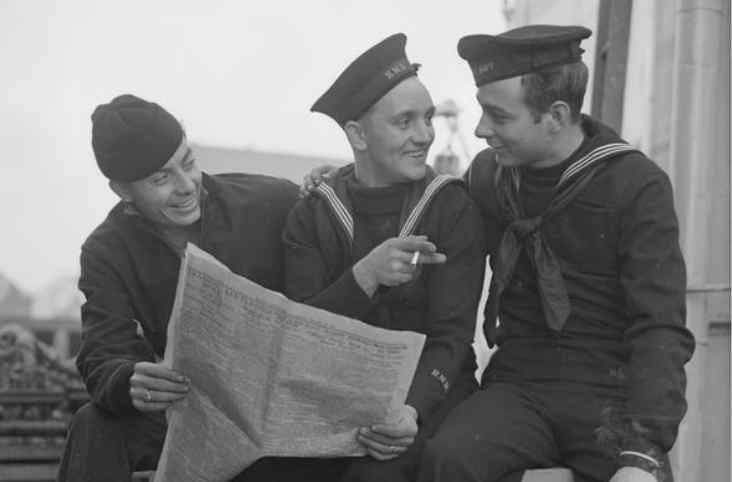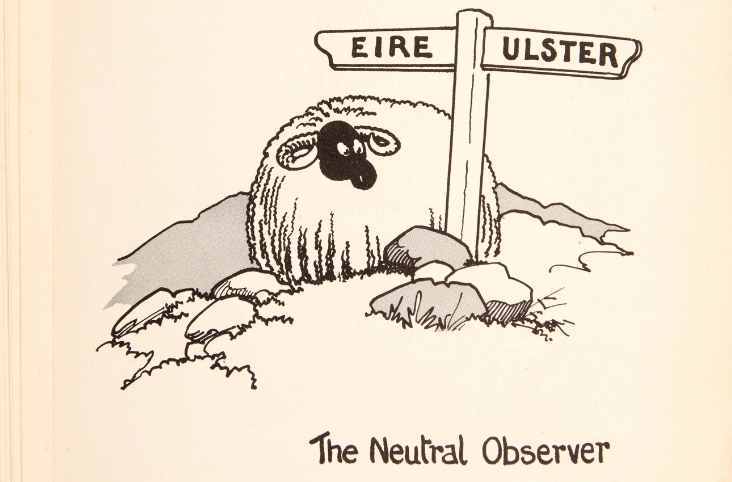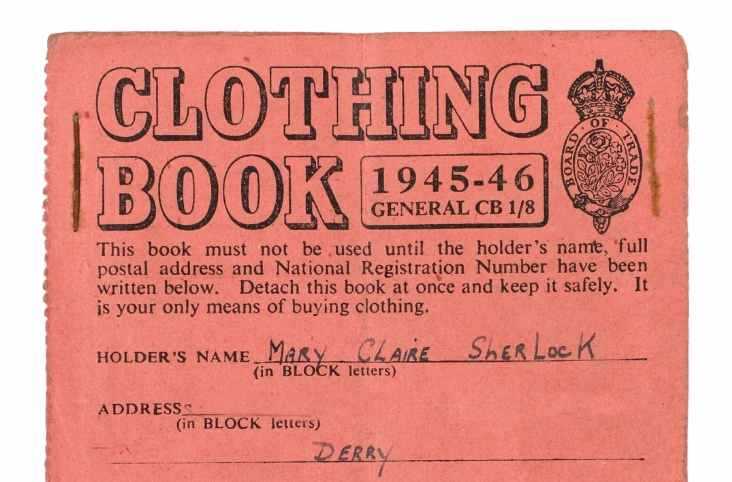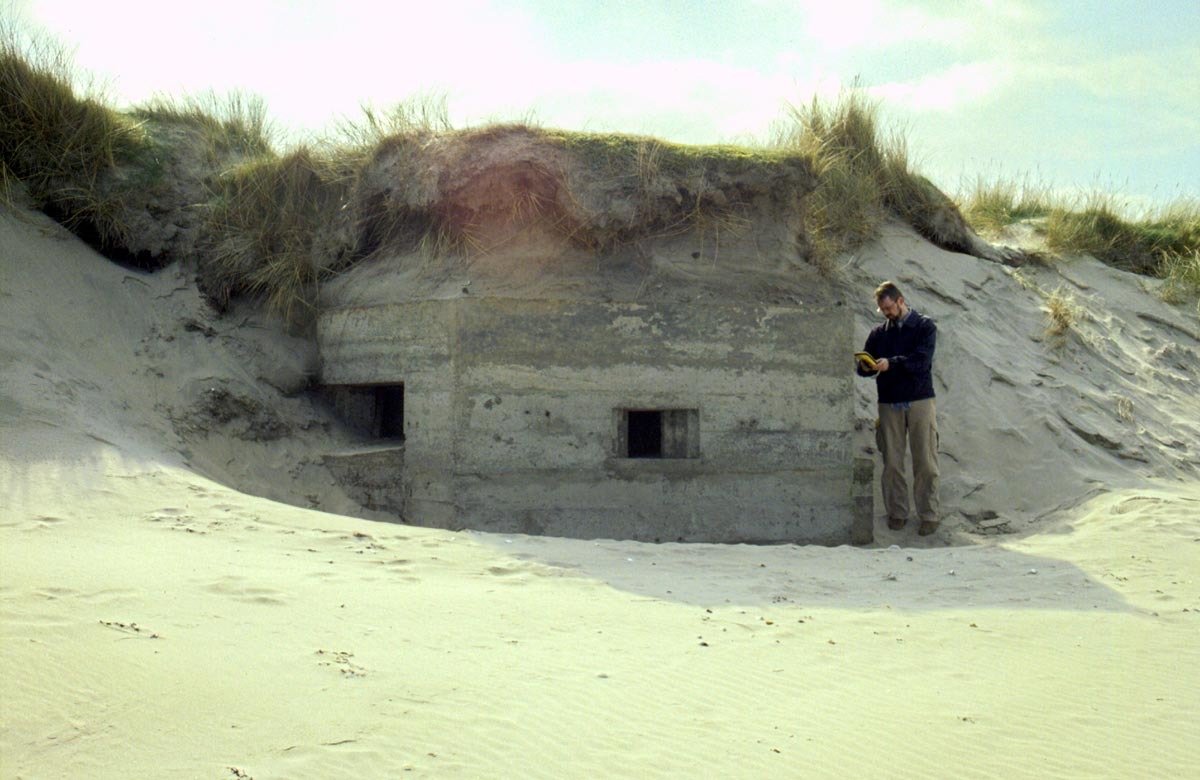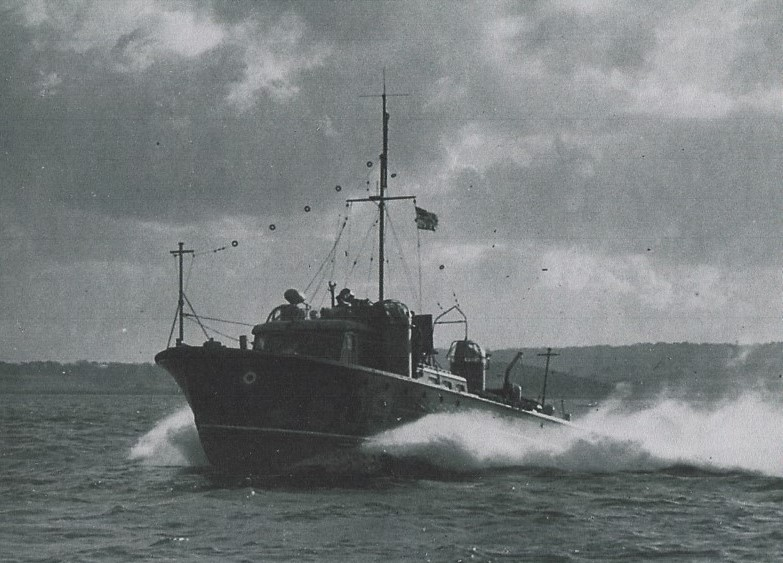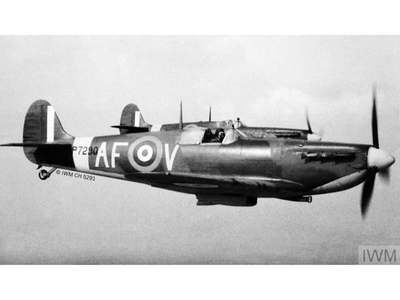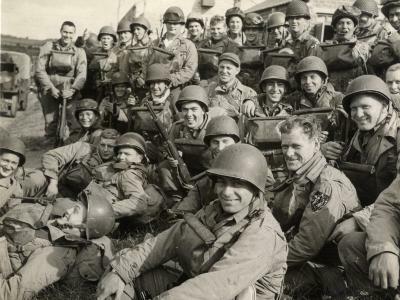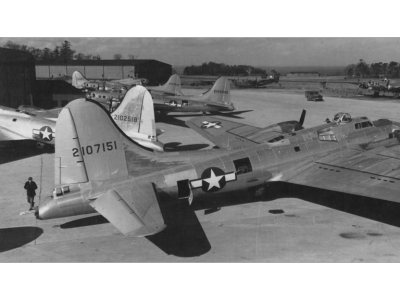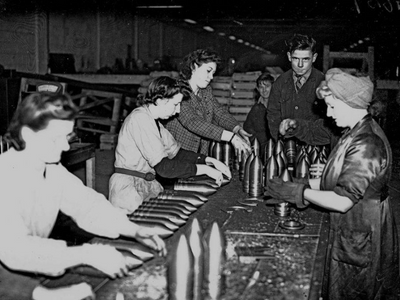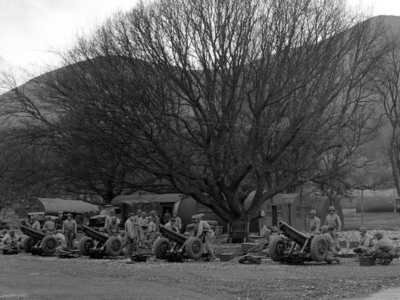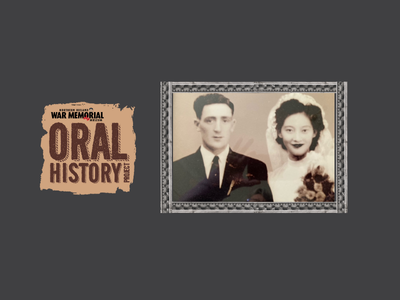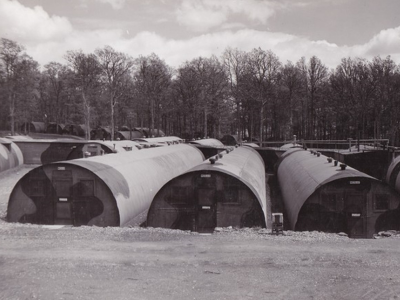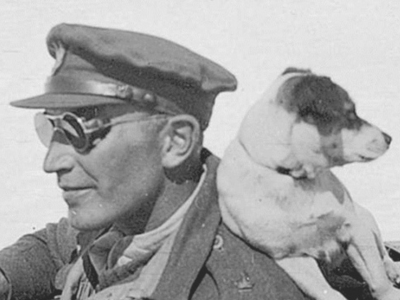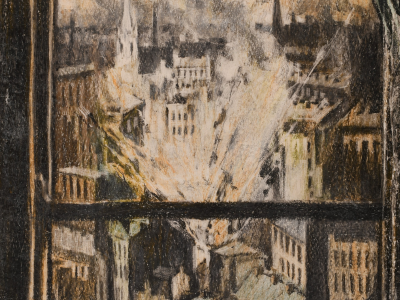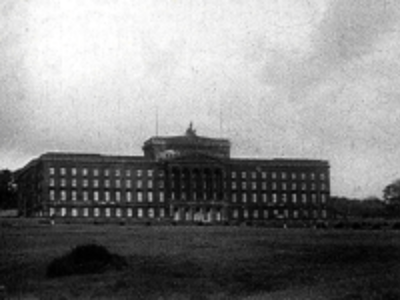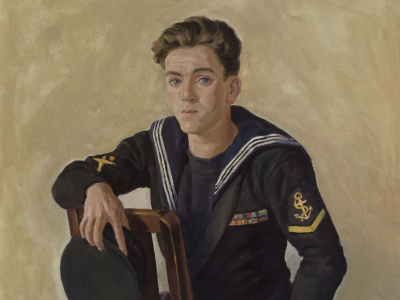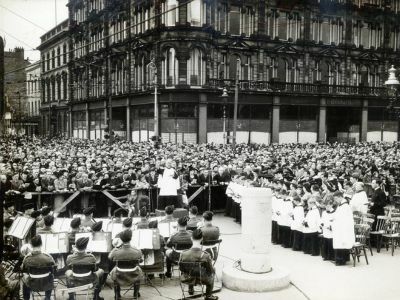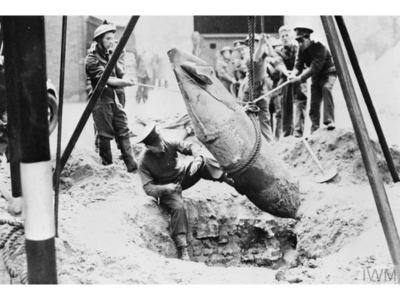The 151st was initially housed at Camp Bellarena, between Coleraine and Limavady, in the grounds of a large country estate. Training proceeded in good order and there were ample opportunities to mix with the locals, who liked the Americans. Belfast was a popular destination on weekends and three-day passes, but GIs from the 151st became regulars in nearby Coleraine.
The battalion had left its outdated 75mm field guns behind when it shipped out. But shortly after their arrival in Northern Ireland, they were equipped with British 25-pounder howitzers. On 21 February, the first service practice was successfully carried out at firing ranges located in the Sperrin Mountains and a shell casing was kept as a souvenir by B Battery.
A formal demonstration was conducted a few weeks later in the presence of the division's commander, Major General Russell P Hartle, and his aide, Captain William O Darby, along with several senior British officers. It was a noteworthy event and was reported in the local press.
The 34th coalesced and organized itself, and with each successive phase of training, the division’s units switched to new locations throughout the countryside. The 151st stayed at Bellarena until late May before it moved south to Tynan Abbey in County Armagh, where the men engaged in tactical field maneuvers.
Early that summer, the B Battery commander, Captain Eugene E Surdyk, brought the shell casing from their first practice fire, purported to be the first by American troops in Europe in the Second World War, to Dan Hall Christie, a Coleraine businessman who owned a jewelry store. He asked Christie to have the shell casing inscribed with the names of B Battery’s 116 officers and men and to hold it until Surdyk was able to get back to Coleraine and pick it up.
As summer gave way to autumn, the 151st moved again, setting up camp at the Castle Coole, near Enniskillen. The training routine consisted of battery exercises, physical conditioning, road marches, more service practices in the Sperrin Mountains, anti tank range firing and movement alert drills at unexpected times that required the men at the drop of a hat to quickly load all their organizational equipment and personal gear onto trucks ready for immediate departure. The movement alert drills were aggravating, but everyone knew the real thing was imminent. The division’s 168th Regimental Combat Team and the Third Battalion of the 135th had been in North Africa since 8 November 1942, as part of Operation TORCH.
For the 151st, the real alert finally came on 12 December. Within two days, they were in Oulton Park, a permanent military camp about 25 miles east of Liverpool and they set sail for North Africa on Christmas Day. On 16 February 1943, they moved their British field pieces into position east of a hill mass named Djebel Trozza in Tunisia, in the northern part of the II Corps sector. The next day they fired on a group of approaching German tanks, setting three on fire.
In 1961, the now Colonel Surdyk finally returned to Coleraine to renew old acquaintances and reclaim the engraved shell casing. Mr Christie had carefully looked after it all those years and happily gave it back to Surdyk, along with a bottle of aged malt whiskey that had been distilled in Coleraine. 'It was really their trophy' Christie later recalled. Christie received a letter the following year from Surdyk, who told him that the whiskey was now sealed in the shell casing.
The battery had agreed at its reunion that the whiskey would remain in the casing until only three members survive. 'Then those three worthies will share the contents' wrote Surdyk. The battery’s guidon flag was also placed inside.
The idea of a 'last man’s club' emerged after the American Civil War and came to full fruition during the First World War. The premise was simple: a bottle of liquor was acquired and the last man alive from a group of veterans would drink it in honour of the others. In this tradition, B Battery created its own Last Man’s Club, comprised of the men who had trained together in Northern Ireland in 1942.
The battery held its final reunion in Minneapolis in 2005. In 2007, one of the last survivors, Bob Martin, donated the prized casing, whiskey, and guidon to the Minnesota Military Museum. A cross had been engraved on the casing next to the names of deceased members, and there were few names without crosses. Sadly, Bob passed away a few months later and the organization disbanded. The bottle had been opened and some of the whiskey was missing. Bob told the museum’s curator, Doug Bekke, that the cork was damaged and some spilled, but that none had been consumed by the vets.




